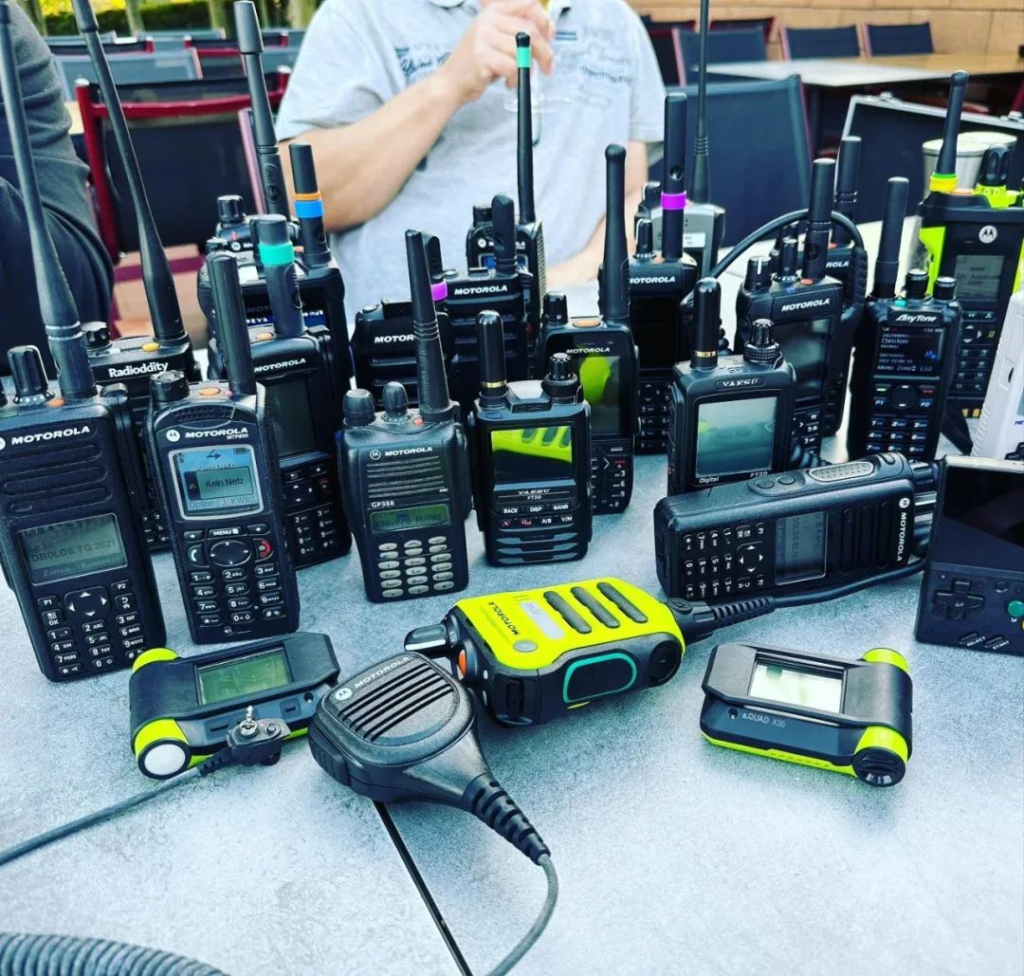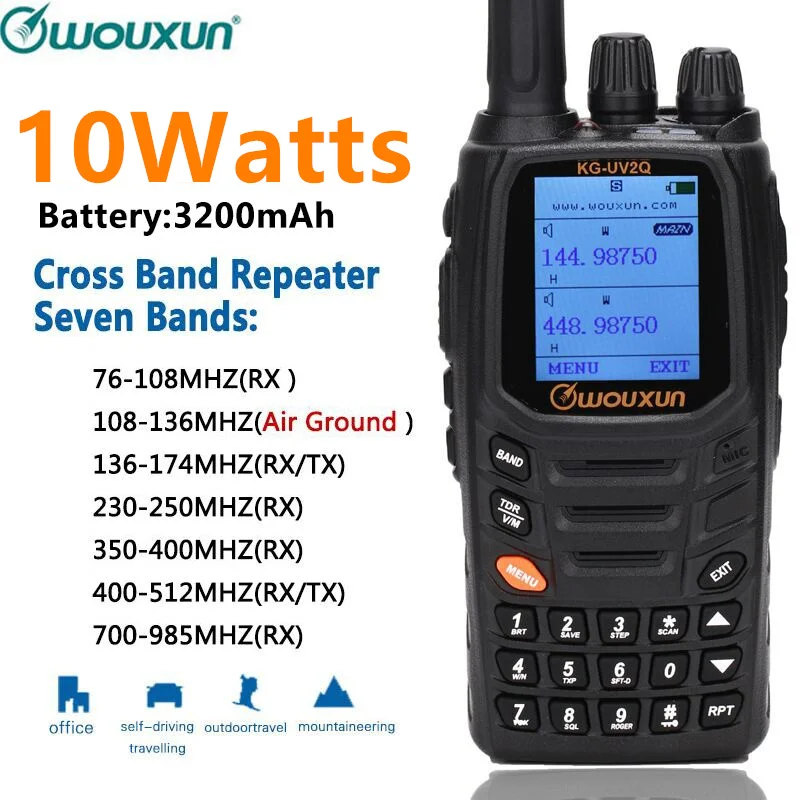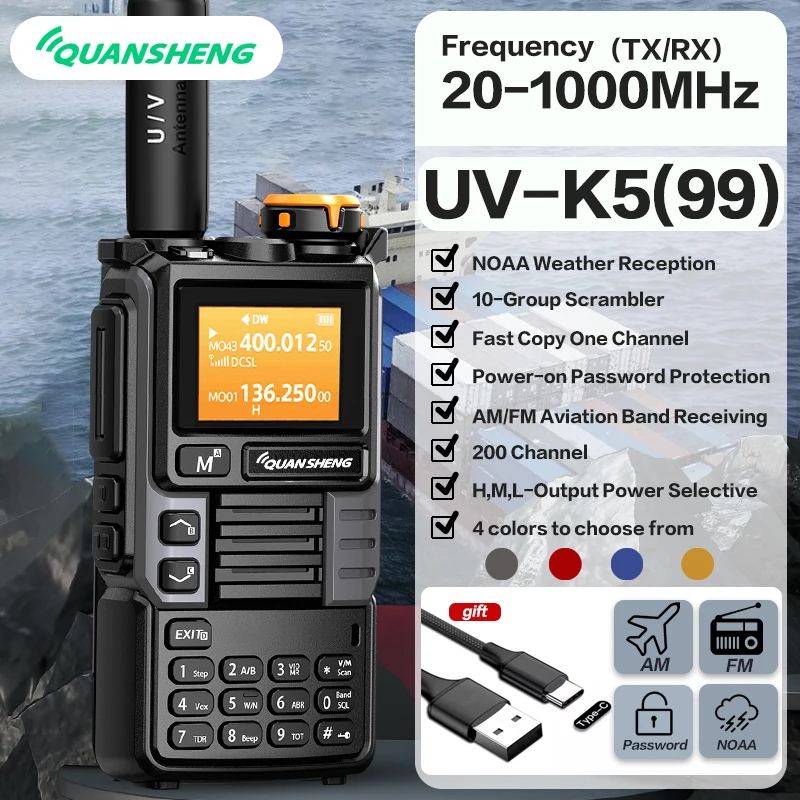Q: If the car radio provides reception and transmission within a multi frequency range, so it is acceptable to have it at $150 or not capped. But why handheld radio some only $19, while some Yaesu, Kenwood, and others can reach more than $100?

Firstly, there is a solution level gap.
In terms of performance, integrated chips have relatively weaker performance than discrete circuit construction. The sensitivity of general integrated chip level solutions is approximately -116 to 120dB, which may not be achieved if the design capability is poor. The sensitivity of discrete devices from manufacturers such as motorcycles and Hynix can reach up to -122dB or higher after debugging. The cost is that the integrated chip uses two chips, baseband and RF, which can be achieved using a 4-layer printed circuit board, while handheld devices with discrete devices usually require 8-10 layers of boards to be laid out. The cost of circuits and components alone will have to double several times. For some bugs, small chip manufacturers do not have the ability to solve them, resulting in a long improvement cycle and difficulty in finding problems. If it is at the circuit level, it may have to wait for the next chip to be modified (possibly a few years later).
Secondly, device level
We have dismantled ordinary brand antennas and MOTO antennas that have been used for 3 years. The metal at the base of the ordinary brand antenna has broken due to multiple bends, while the bottom of the MOTO antenna has a blue plastic reinforcement, and the antenna performance is still very reliable. We asked the antenna manufacturers we encountered in China, and either they couldn’t achieve the required craftsmanship or they needed to remake the mold, which was very expensive (this design is rarely used in domestic antennas). If you want to buy it, this Moto antenna alone is priced at $20.
This is still a small accessory. There are also batteries. Nowadays, top manufacturers have microcontrollers installed inside their batteries to achieve temperature management and automatic recognition of battery performance, while low-quality batteries are simply battery cells with individual shells. A safe battery should withstand high and low temperatures, drops, short circuits, overcharging, and even a nail. In all cases, it should be ensured that it does not cause harm to the user (such as fire and combustion), while low-quality batteries do not go through these processes.
The standard configuration of high-end walkie talkies now is “semi reflective and semi transparent screen”, which is mostly customized, and the cost of customizing one is in the millions. If a device produces tens of thousands of units, the cost allocated to each unit is still several tens of thousands.
In addition, whether the components are commercial/industrial grade or military grade, whether the crystal oscillator has temperature compensation, knob reliability/button reliability, and even a resistor or capacitor, the accuracy and lifespan may vary greatly depending on the material selection. Changing the resistor manufacturer may lead to unstable indicators, and of course, the price difference is also large, several times is common, so it depends on the choice. These have all happened in the development process.

Thirdly, design requirements
The waterproof level is determined by the precision of the mold and the production process, which directly affects the cost. The usage time depends on the design scheme and selection, maintenance requirements/secondary development requirements, and playability. The R&D personnel invested are also different. The simplest way to develop a walkie talkie is to invest only one project manager, and a team of several hundred people may be invested on a large scale.
Fourth, verification
The verification of walkie talkies requires a massive amount of testing: high and low temperatures, aging, impacts, vibrations, and drops all require corresponding equipment and a long time. The establishment of a testing environment for antenna radiation efficiency starts at the level of tens of millions (most electromagnetic compatibility laboratory construction costs are at the level of billions), and the cost of external testing is also extremely high. Many small manufacturers can only slightly skip it, so the performance naturally cannot compare with large manufacturers.
In summary, the combination of device costs, research and development expenses, product risks, and brand premiums has resulted in the current price difference of walkie talkies. For personal walkie talkies, if they are used as toys, they can be played with for a few hundred yuan. For equipment at the professional level, especially in public safety and disaster relief, it is often directly related to human life and huge property, and can withstand the cost increase introduced by massive testing and excessive safety and performance design (in fact, for this type of application, no matter how high the security requirements are, the higher the performance, the better. It is not polite to say that current products are a compromise between technology and cost).
Finally, it’s about different needs, buying different devices, different preferences, buying different devices, different scenarios, buying different devices.
